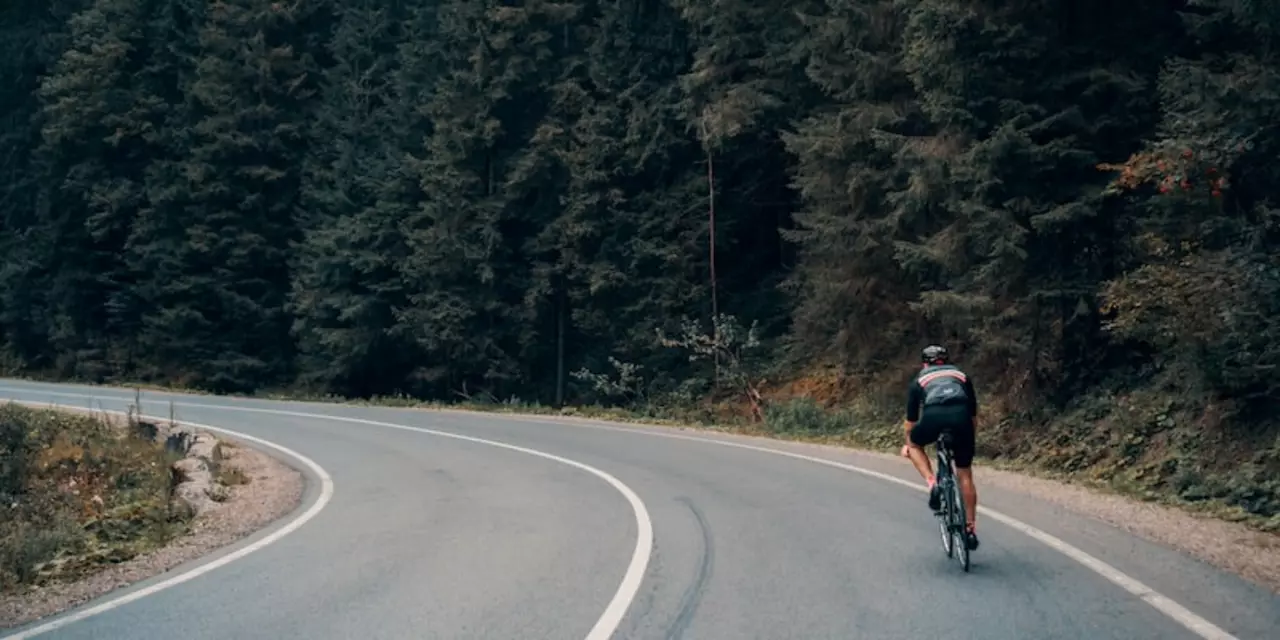Cycling Clothing and Accessories: What You Need to Ride Comfortably
When you hop on a bike, the right kit can turn a sweaty slog into a smooth ride. From the shirt you pull over your head to the tiny details like socks, each piece plays a role in how you feel on the road or trail. This guide breaks down the basics so you can pick gear that keeps you comfortable, protected, and ready for anything your ride throws at you.
Essential Apparel for Every Ride
Start with a good jersey. Look for breathable fabric that wicks sweat away and fits close enough to avoid a flap in the wind. Paired with cycling shorts, you get a padded layer that cushions the saddle and reduces chafing. Speaking of chafing, the question most riders ask—"Do cyclists wear underwear?"—gets a clear answer: yes, you should. A well‑chosen pair of bike‑specific underwear adds an extra barrier against friction and helps control moisture, especially on longer rides. If you prefer going commando, make sure your shorts have a quality liner; otherwise, pick underwear made from seamless, moisture‑wicking material.
Gloves are another must. They protect your hands from blisters, give a better grip, and cushion vibrations from rough surfaces. For cooler days, add a lightweight jacket or windbreaker that can zip up quickly when the wind picks up. Socks may seem small, but breathable, padded socks keep your feet from overheating and prevent hot spots. Choose a length that stays up under your shoes, and avoid cotton, which holds moisture.
Accessories That Make a Difference
Beyond clothing, a few accessories upgrade safety and performance. A well‑fitting helmet is non‑negotiable—look for one with good ventilation and an adjustable fit system. Shoes matter too; clipless pedals paired with stiff cycling shoes improve power transfer, while for casual rides, flat pedals with grippy shoes work fine.
Lights are vital if you ride at dusk or in low‑light conditions. Mount a front white light and a rear red one; both should be bright enough to be seen from a distance. A compact multi‑tool and a spare tube can save a bad day out, and a good water bottle or hydration pack keeps you fueled. Finally, consider a pack or pouch for your phone, keys, and snacks—something that attaches securely without bouncing.
Putting it all together, start with the basics: a jersey, padded shorts (or proper underwear), gloves, and socks. Layer with a jacket for weather, then add the safety gear—helmet, lights, and a sturdy pair of shoes. From there, tweak your setup based on the type of ride you’re doing, whether it’s a fast road sprint or a relaxed weekend cruise.
Ready to upgrade your kit? Pick one item to improve today—maybe those old cotton shorts or a missing front light—and feel the difference on your next ride. Enjoy the road, stay comfortable, and keep rolling.
Do cyclists wear underwear?
This article addresses the question of whether cyclists need to wear underwear when riding a bike. According to experts, the answer is yes, because cyclists should wear clothes that are comfortable and provide the necessary support and protection, including underwear. Wearing underwear prevents chafing, which can be caused by the friction of clothing against the skin while cycling. Additionally, underwear can provide extra support, especially for long rides and provide a layer of protection from the elements. Lastly, the type of underwear worn is important, as the wrong type can lead to discomfort and other issues.
More